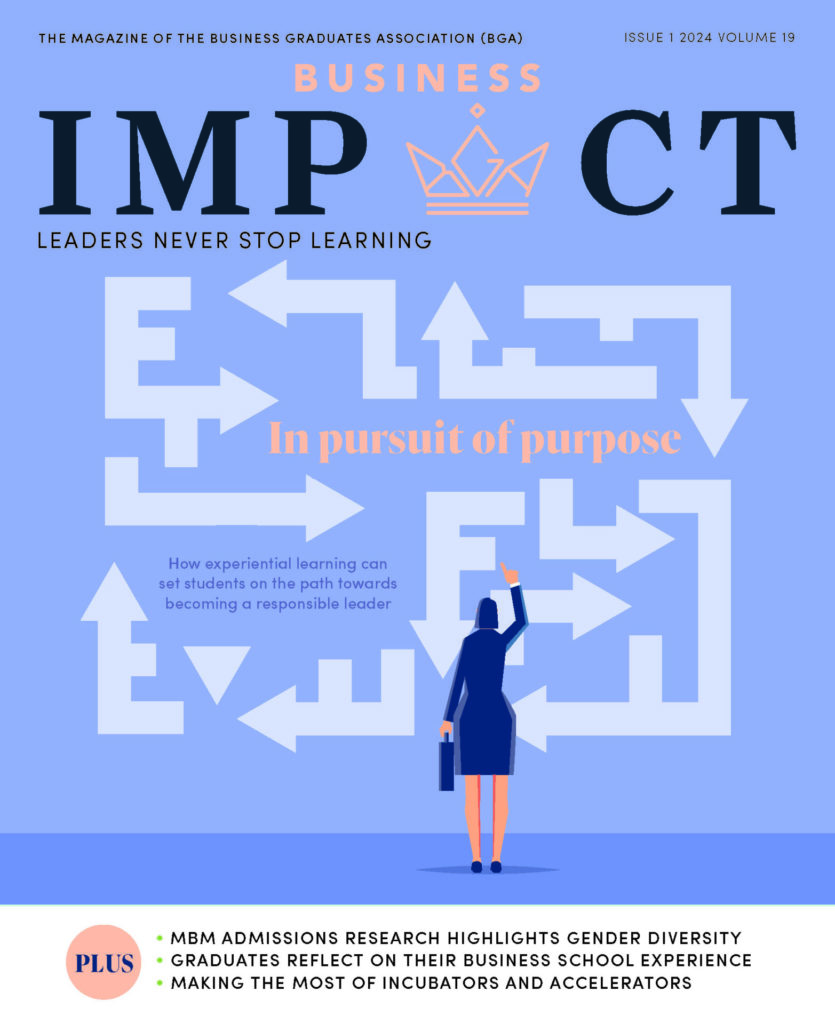
Customer experience’s place in the future of marketing
Customer experience is broadening the marketing function’s scope. The Kellogg School’s Philip Kotler explains the value of competing in this arena, together with his co-authors of Marketing 6.0, drawing on lessons from Coca-Cola






